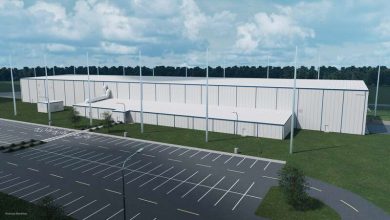
BlackSky Secures Over $30 Million Deal to Enhance Global ISR Capabilities with Next-Gen Solutions
BlackSky Technology Inc. has secured a contract exceeding $30 million for several years to incorporate Gen-3 high-frequency tactical ISR services into a protected environment for an international defense client. This enhanced solution will accelerate national space-based intelligence potentials by utilizing reliable commercial technology for high-frequency, low-latency Gen-3 functionalities. The upgrades will allow BlackSky’s commercial high revisit constellation to function seamlessly within the client’s protected workflows, providing a novel level of completely secure and autonomous operations.

“BlackSky is collaborating with partners to incorporate cutting-edge commercial space, software, and AI solutions that deliver real-time intelligence services into our clients’ secure environments for around-the-clock time-critical missions,” stated Brian O’Toole, CEO of BlackSky. “We are using established technology and an operational framework for quick delivery of ultra-high-resolution Gen-3 imagery and AI-driven analytics on a large scale in secure cross-domain contexts.”
The ultra-high-resolution capabilities of Gen-3 facilitate superior AI-enhanced detection, identification, and categorization of a vast range of vehicles, aircraft, vessels, and other objects of tactical relevance. These new functionalities and performance enhancements provide clients with an expanding array of space-based intelligence applications for tactical ISR and strategic intelligence endeavors.
“Clients globally have acknowledged Gen-3’s exceptional performance at a moment when they are eager to accelerate their national space-based intelligence initiatives. Increasing numbers of clients are choosing BlackSky, and we are dedicated to expediting their progress, utilizing our exclusive technology stack of AI and real-time software solutions along with fully integrated Gen-3 satellite manufacturing capabilities,” O’Toole added.
The organization is continuously expanding the Gen-3 constellation through a consistent schedule of launches. Each new Gen-3 satellite will augment capacity, heighten revisit frequency, and enhance our clients’ ability to dynamically scale their operations in alignment with the demands of real-time mission objectives.







